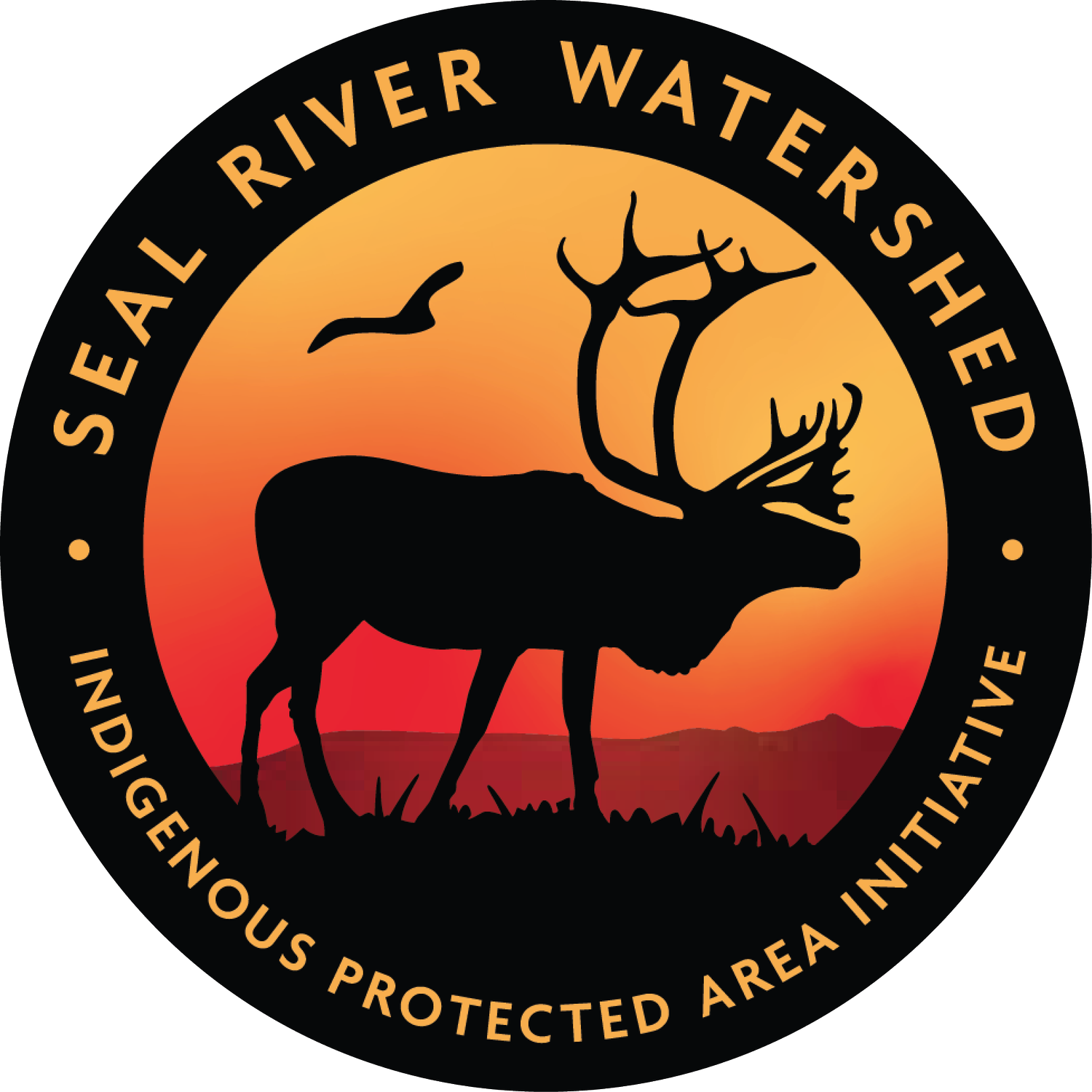News Release: Three Out Of Four Manitobans Support Establishing Indigenous Protected Areas: Poll
Winnipeg — November 12, 2020 — Most Manitobans support establishing Indigenous Protected Areas to conserve natural areas and to create sustainable jobs, a new poll has found.
Some 73 percent of Manitobans support creating Indigenous Protected Areas to conserve forests, wildlife, water and other special places, according to the Probe Research poll.
The poll was conducted on behalf of the Seal River Watershed Alliance, a partnership of Dene, Cree and Inuit peoples working to establish an Indigenous Protected Area in the Seal River Watershed.
A resounding 83 per cent of Manitobans supported the Alliance’s efforts to conserve the Seal River Watershed — a 50,000 square-kilometre pristine landscape north of Churchill — as an Indigenous Protected Area.
“It’s inspiring to see such strong support from Manitobans for Indigenous conservation,” said Ernie Bussidor, executive director of the Seal River Watershed Alliance.
“We want to protect our lands and waters so our grandchildren’s grandchildren will be able to drink clean water, breathe fresh air and care for the animals the way their ancestors have since time immemorial,’ Bussidor said.
“We hope that an Indigenous Protected Area will also help create sustainable jobs for our communities and are working to expand eco and cultural tourism in the region.”
Conservation Seen As Best Way to Create Jobs
When asked about the best way to create jobs and grow the economy in the Seal River Watershed, 78 percent chose protecting the river and encouraging tourism.
“What stands out in this poll is that most Manitobans believe conservation and prosperity can go hand-in-hand: and they’re right,” said Valérie Courtois, the director of the Indigenous Leadership Initiative.
“We’ve seen the economic benefits of Indigenous-led conservation across the country,” Courtois added. “Indigenous Protected Areas lead to good-paying jobs, entrepreneurial opportunities, and major investment in regional economies. What’s good for Tadoule Lake is good for Churchill and Thompson.”
An analysis of two Indigenous Guardians programs in the Northwest Territories found they create about $2.50 of social, economic, cultural and environmental results for every $1 invested. With support from a national network, researchers projected the value could increase to up to $3.70 for each dollar of investment.
Manitobans Respect Indigenous Stewardship
Most Manitobans have a positive view of Indigenous-led conservation. When it comes to protecting and managing nature, 70 percent of respondents said local First Nations, Métis, and Inuit Peoples “know what’s best for the area” while 67 percent said they should “lead the way.”
A further 71 per cent of Manitobans said they valued the way Indigenous Protected Areas can help advance reconciliation in the province and show respect for Indigenous rights and traditional activities.
“Indigenous Protected Areas provide an excellent opportunity for Indigenous communities to protect or conserve their special places in a way that creates sustainable economies and ensures food security for their communities while also helping governments meet their conservation, protection, and biodiversity targets,” said Kevin Smith, manager of the Ducks Unlimited Canada National Boreal Program.
“The Seal River Watershed is a great candidate for protection—our recent study supports the position that the value of a protected area in the region is vital to waterfowl from both a Manitoba and continental perspective.”
Manitobans Want a Dramatic Expansion of Protected Areas
Indigenous Protected Areas are considered to be one of the most effective ways to meet Canada’s commitment to protect 30 per cent of Canada’s lands and waters by 2030.
The poll found overwhelming support among Manitobans for meeting or even exceeding that federal target.
Manitoba currently only protects 11.0 per cent of the province, up fractionally from 10.8 per cent in 2015.
Nearly 9 in 10 Manitobans support creating more protected areas and 84 per cent of respondents want to see a dramatic expansion of protected areas in the province.
43 per cent of respondents say they would like to see Manitoba’s protected areas nearly triple to 30 per cent of the province.
41 per cent of Manitobans say they want to go even further and protect half of the province’s lands and waters.
“This poll shows us that despite the economic and social stress of the COVID-19 pandemic, Manitobans overwhelmingly stand up for investing in nature conservation,” said Ron Thiessen, executive director of the Manitoba chapter of the Canadian Parks and Wilderness Society (CPAWS).
“Our province needs more protected spaces to help curb climate change, reduce risks of floods and drought, support cherished lifestyles and cultures, and provide a home for wildlife, many of which are threatened due to habitat loss.”
Two in three Manitobans say the provincial government should do more to protect lands and waters.
Half of Manitobans think the province should lead the nation in conservation by protecting more than other provinces.
“Manitobans are in a privileged position: we have opportunities to safeguard healthy, intact ecosystems and spectacular areas like the Seal River Watershed,” said Christopher Debicki, vice-president of policy development and counsel for Oceans North.
Probe Research surveyed 1,033 Manitoba adults online and 127 Northern residents by telephone between August 3-17, 2020.
This project was undertaken with the financial support of the Government of Canada.
Supporting Documents
For more information please contact:
Stephanie Thorassie
Project Assistant
Seal River Watershed Alliance
info@SealRiverWatershed.ca
1-888-523-4905

